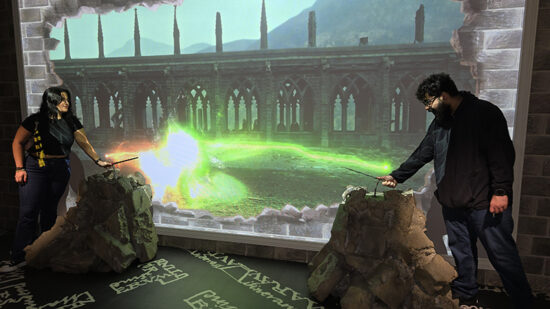Autistic Children Can Benefit from Interacting with People in Their Lives
Engaging the Community of Autistic Children: The Why, Who and How
by Michael J. Cameron, PhD, BCBA-D
When it comes to learning new skills, autistic children need more opportunities to learn and engage. One of the best ways to do that is by involving other important people in the child’s life – parents, grandparents, siblings and other caregivers – and incorporating their skills and interests into the natural rhythms of a child’s day. With a “strength-based approach,” meaning the practice or strategy in identifying and drawing upon the strength and interests of an individual, their family, and community to achieve engagement and results as a partner, families can achieve an established goal set out for a child with autism.


















